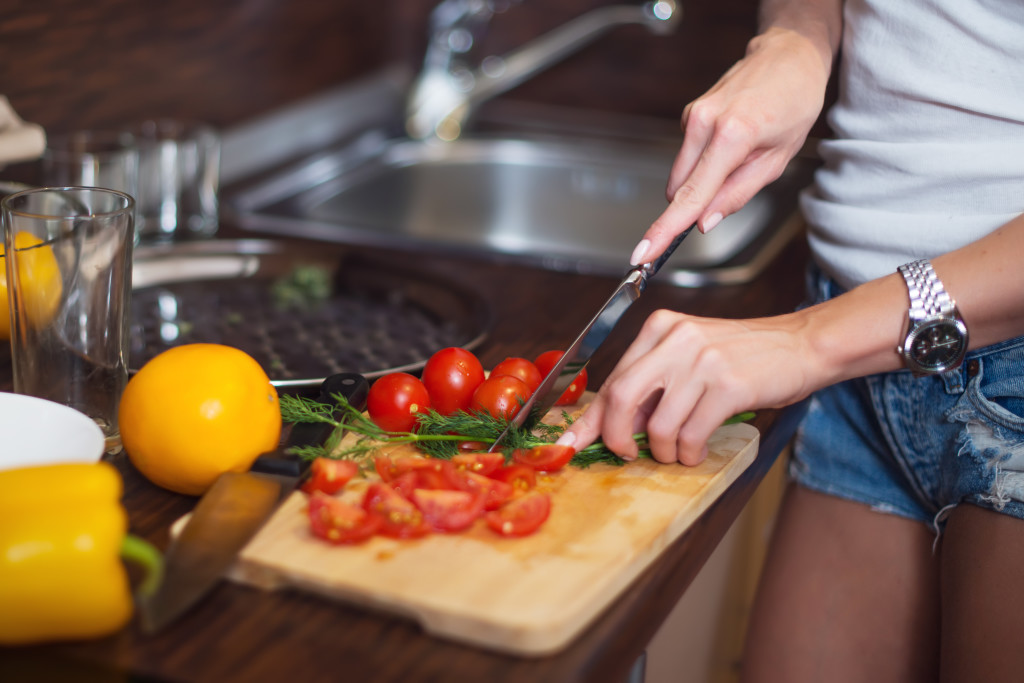
Eating is something we all do…everyday…three times a day.
It also makes up 30% of our footprint on the planet. That is why I started learning more and defining what a Climatarian is. I’m giving it a go, but to make it clear I’ve broken down Climatarian eating into 10 principles.
Before I go any further let me just clarify this isn’t a diet. There aren’t banned foods, it’s not something you wish to be over… It is a way of eating ( for the long term).
The main purpose of eating Climatarian is that you make conscious choices about food that aim to have less environmental impact. This of course includes reducing our foods contribution to climate change.
It’s also about moderation, if you eat such a strict diet that leaves you always craving something else, you’ll eventually lapse. So keep moderation in mind as you read more into these 10 principles.
1.Buy Local
This is the main principle of eating with our planet in mind. What grows local will be fresh and it’s food miles minimal. Now there are places where local foods can be limited by seasons ( winter) and variety (growing conditions don’t allow certain foods). But there are usually a range of fresh fruit and veg that you can buy locally.
Of course the best is to grow your own!
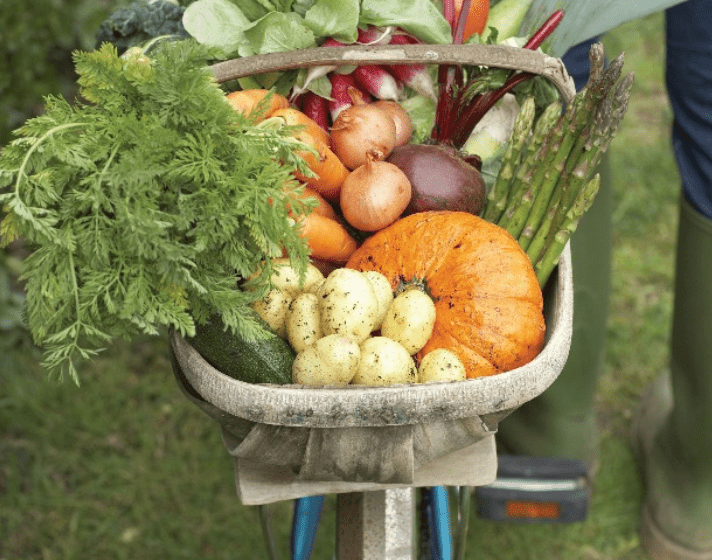
Aim to buy local for the majority of your food. If you buy things from outside 250km of where you live then choose things as close to home as you can and make them less frequent in your daily diet. Here is a list of seasonal fruit and veg in Australia. Google one for where you live.
2. Eat whole foods

 ne all food had less spray, pesticides, and chemicals = Our earth, our water, our air, our health, our bodies would be the ones to benefit. Not to mention our soils, our farmers, our wildlife, and every living organism on Earth. Okay the case for organics is pretty strong. Learn more about why organics matter here.
ne all food had less spray, pesticides, and chemicals = Our earth, our water, our air, our health, our bodies would be the ones to benefit. Not to mention our soils, our farmers, our wildlife, and every living organism on Earth. Okay the case for organics is pretty strong. Learn more about why organics matter here.
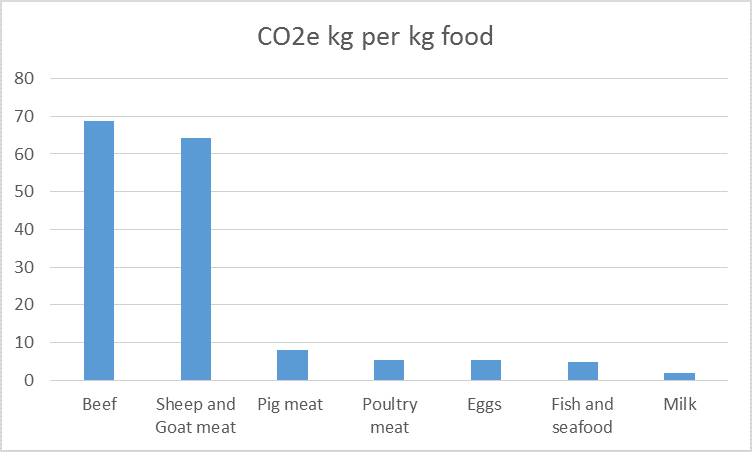
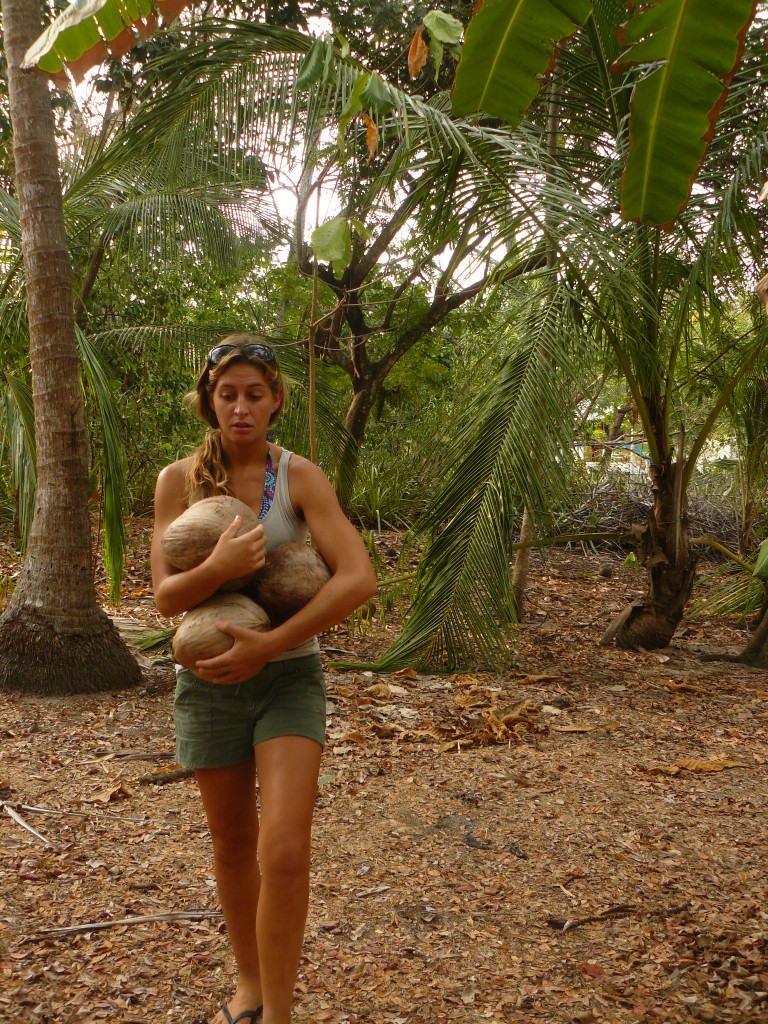
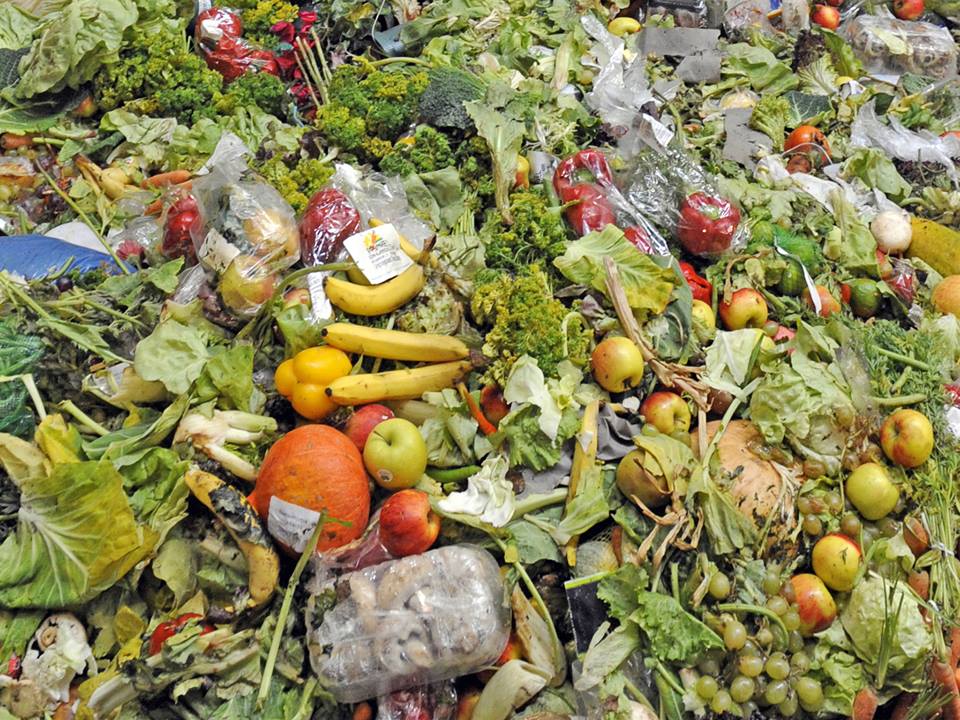
There are certain foods that require more energy and resources to create than others. Some foods have become more intensive because demand has sky rocketed. Take Soya for instance, it has become such a high demand food thatthat 4 million hectares of South American rainforest (equivalent to the size of Switzerland) is cut down every year to grow soy for human and livestock consumption, according to The World Wildlife Fund. Palm Oil is another extremely intensive ingredient and again our Earth is the one paying the cost.
